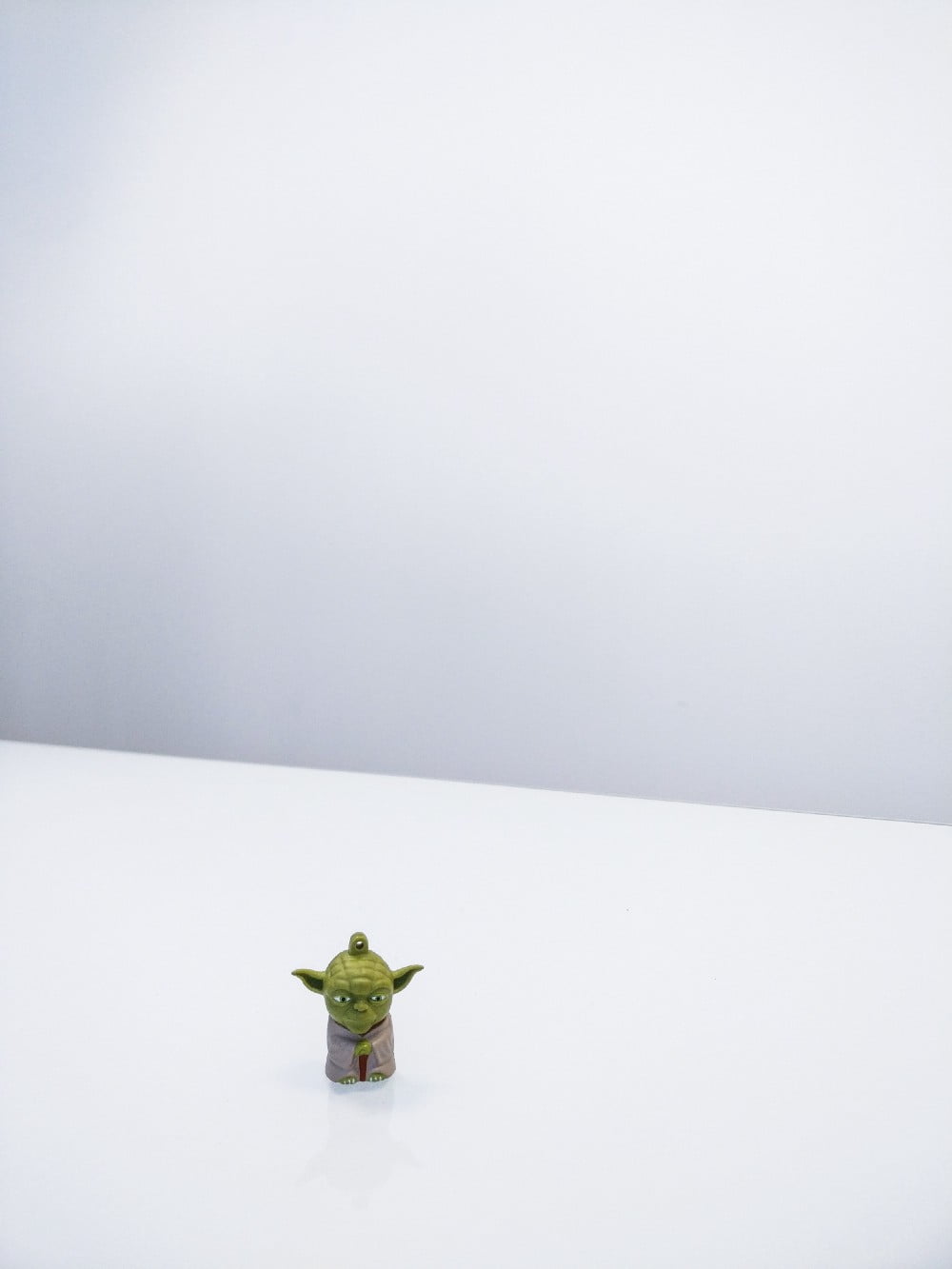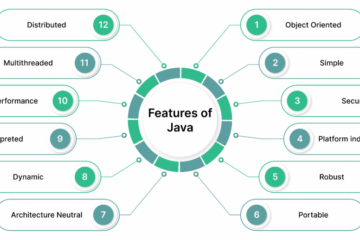
Have you wanted to get started in tech blogging, but had no idea how to get started? This article aims to provides some pointers for you to start, taking you from the blogging equivalents of Baby Yoda to Jedi Master Yoda- without the odd sentence construction.
My blogging journey started where everyone starts- at the very bottom. I was a volunteer blogger for a small community publication a couple of years back, tasked with ensuring the ladies of the community knew the latest trends in fashion and beauty. Yes, I know — an unusual start for a tech blogger. A year or so later, my company asked me to write an article for their blog. To my surprise, it did not only make it into the company blog, but also a national IT publication and a summary in a print magazine. I was shocked. Could it be that folks were not only interested in my topic, but also liked my writing? Had I discovered a hidden talent? And perhaps you, too, have a hidden talent for blogging. So let’s get started!
Contents
1. Idea generation

An excellent article always starts with an idea. Perhaps you have a few latent ideas that are rummaging around in your head. Maybe not, in which case it’s time for a good old brainstorming session.
When brainstorming, I like taking a stack of cards and writing ideas down as they come without judging whether they are good or bad. Here are some questions to get you started:
- What new tech am I excited about?
- What’s the latest buzz at conferences?
- What are other people writing about?
- What part of my competency am I passionate about?
- What problem have I recently solved?
- What “soft” skill do I want to learn about?
- How can my story inspire others?
The first three questions assume that you’re reasonably up-to-date with the latest developments in your field. It’s never too late to catch up! Keeping your finger on the pulse of innovations in your area will ensure you always have fresh content that will bring in the hordes to your blog.
After your brainstorming session, it’s time to get organised. I like using a Trello board with the following lists:
- To decide — initially all my brainstorming cards, and ordered on how excited I am about the topic
- To do — the ideas that I’ve committed to writing about
- Doing — the current article that I’m writing
- Done — the pieces that I’ve written. It’s a little bit of a celebratory record of how much I’ve accomplished!
2. The Writing Process
It’s time to start preparing and writing. Before I launch straight into writing my article, I take time to consider why I’d like to write this piece. Am I particularly passionate about the topic? Do I feel it’s something generally not written about, but super-important for developers to know? Do I have a gut feeling that it will go down well with my audience? Writing an excellent article takes time, so I must believe that my piece will be worth my while.
Once I’ve decided to go ahead with the topic, it’s time to get my facts straight and do the necessary research. I watch talks, read books and blogs, and play around with sample code. To ensure that my article stands out, I don’t just summarise my research but try to think of a new angle. While I’m studying, I ask myself questions and write down my musings. If I’m wondering something, or am struggling to understand something, then perhaps those reading my article will have the same questions and difficulties. A good piece doesn’t always have to present a new perspective but can clarify and simplify others’ work so that it is understandable for everyone.
After I’m satisfied with my research, I once again take out my cards and start writing down my main points on them, and fleshing them out with sub-points on the back of the card. I play around with the cards and sub-points, seeing which order will ensure a logical flow that my readers can follow.
I find writing to be much more straightforward after I’ve done this preliminary work. Noting down the sections and sub-points provide the shape but creating the drafts is the colouring-in of the article I am creating. Some writers like creating a rough first draft and later massively reworking their work over a series of drafts. I enjoy letting the words flow during the first draft and then lightly touching-up during a second draft. You have to do what works best for your writing style. It would be best if you proofread your work before publishing it, to avoid embarrassing mistakes and ensure that there’s a good flow of thought throughout your article.
A note on writing tutorials — put yourself in the shoes of someone seeing the topic for the first time. Make sure you plot out the steps logically, with enough detail and adding screenshots and code snippets as appropriate. It’s a good idea to provide a starter project and the completed project on a public repository so that the diligent reader can retrace your steps.
Once your article is complete, it’s time to publish and promote it. We’ll be going over some platforms that you can use in a later section.
3. How to be a better writer

My most useful tip for becoming a better writer is to read more. I’ve found that being a reader increases your chances of becoming a good writer. By reading, you learn about how to make the writing flow, how to add colour to your sentences, and how to express yourself clearly. Don’t despair if you’re not a life-long reader. Start with what you’ve already read, and think about the styles that you’ve liked best. Why did you enjoy them? What principles can you adopt as your own?
An obvious, but an often-overlooked suggestion is to write more. In high school, I wrote essays to play around with ways to express myself. Write something, and ask for feedback from a trusted friend or colleague that has some experience in blogging. Then start writing for your own or a small blog, working on your skill and confidence as a writer.
Use the tools of the trade. I love Grammarly, and use it to check my writing all the time. Not only does it provide the usual corrections, but it helps me ensure that my work is clear and the delivery is just right. It also helps me avoid plagiarism, which we’ll be covering in the next section.
4. Avoiding plagiarism
Plagiarism may not be as detrimental to your development career as much as it is in academic circles. Even so, the Android community is small, and someone will likely recognise similarities and call you out. Taking someone else’s ideas or words without crediting them is dishonest. Even copying someone else’s ideas or sentences so that it makes up the majority of your work is still plagiarism, even if you credit them. If you admire someone’s work, try to learn from them but don’t copy them. If you admire someone’s popularity, put in the same amount of effort to achieve their level of success. It’s not worth risking your reputation for a small, quick win. Tools like Grammarly provide plagiarism checkers to ensure you don’t accidentally leave someone else’s work unattributed, but you’ll know how much of the work is actually yours.
5. Publishing your writing
Once your work is complete and plagiarism-free, it’s time to publish it. I use two ways of publishing my articles: sometimes I post on my Medium account, and sometimes on my blog. I usually post on Medium if I think a particular publication would be interested in publishing it, which means more views/reads. I don’t publish behind the paywall, because I feel that I want my content to be accessible to everyone, not just those who can afford it. I always cross-post onto my blog, which reflects my style and sensibilities. I used the Wix platform to set up my blog, but take note that anything beyond the free plan can be quite expensive.
Both Medium and Wix integrate with free imagery libraries such as Pexels and Unsplash. Pictures can enhance your article, adding a visual aspect to textual content. Use them just enough to enhance, not overwhelm your work. Be kind and attribute the image — even though it’s not a requirement for the above libraries.
6. Promoting your writing

Perhaps you’ve submitted a few articles and never received a favourable response. In my experience, these are the things the publications look out for:
- Content on what’s new on your platform
- Articles with a fresh perspective
- Excellent writing, editing and formatting
- A logical flow of ideas with clear explanations of what and why




